Battambang and a Bamboo Train
Cambodia’s Second City
Battambang is one the quietest places we visited in Cambodia, and it was a really good way to end our Cambodian experience.
The city is Cambodia’s second largest city, but it feels nothing like Phnom Penh or Siem Reap. Tourism here continues to be a by-product of daily life and your choice of hotels and restaurants is fairly limited compared to the big tourist destinations. I’m not complaining, the ones we found were of a good quality, but the bars of Pub Street in Siem Reap are a long distant memory here. Although we did manage to find a bar showing the England v France Euro 2012 football game, so we sank a few beers into the early hours. As it’s low season, we didn’t book a hotel ahead of our arrival. We viewed a few places, courtesy of our tuk tuk driver, who we had to make the tough decision of choosing at the bus station from about 12 drivers vigorously competing for our business.
We didn’t have any difficulty in finding great places to eat in Battambang and found the food to be good, no matter how long you wait it always arrives with a smile. We dined in some of the old French buildings, some with upstairs balconies where you can eat and watch the world go by. We are both massive fans of art deco architecture, and there is plenty to look at around Battambang, pronounced Battamabong, which we both enjoyed, but as you can imagine its in varying states of decay on the whole. When dining out we’d recommend trying the Khmer curry which is great. Oh and while you are there try a Battambang fruit juice or vodka screwdriver cocktail made with the locally grown green Battambang oranges, they are absolutely delicious.
The town centre is dominated by a large central market which, given its lower levels of tourism, is focussed on the local community rather than the visitor so you will not get hassled in the same way to buy your Cambodian tourist trinkets, in fact you may struggle to find that ‘special’ souvenir here. We particularly liked the products such as i-pad cases, bags and wallets made from recycled cement and rice bags.
At the end of the market you find the main boulevard which runs down the length of the river creatively called Road 1. Down the river bank is where you will see most of the town activity, from aerobics and dancing classes in the morning and at sundown, along with a cluster of food stalls which spring to life as the sun sets each evening near the old Governors’ Mansion. Sadly, even though this beautiful piece of 1907 colonial architecture has recently been restored you are not permitted access to it, you can merely peek a glimpse through the trees from behind the large gates.
I had also wanted to visit the old abandoned Pepsi bottling plant The plant closed abruptly when the Khmer Rouge arrived in the area in the 70’s. Up until a few months ago you could wander into the ghost plant and see the abandoned production lines and thousands of dusty 1970’s Pepsi bottles littering the plant. The plant is now centre of activity for a drinking water supply project for the town funded by the Japanese, but the old 60’s building and sign remain for now, and you can still glimpse the bottles of pepsi through the window.
What has been the real treat here though is getting out into the surrounding countryside. The scenery is stunning without being spectacular. Green sprouting paddy fields stretch as far as the eye can see, only the occasional hill in the distance interrupting the horizon busting view. So if you are here it is worth getting yourself a tuk tuk driver (we found Saro Tel: (+855 )017790977 e:mail lem.saro at gmx.com ) who was a delightful guide to the village life surrounding Battambang. If you are headed here call or e-mail, he will make your time in Battambang special.
Before taking up his tuk tuk trade Saro used to work the rice fields here and lives in one of the small villages surrounding the main town with his parents. He took us to many places of interest, stopping regularly to explain the trades that occupy the agrarian village folk, from the bamboo cane sticky rice stalls, rice paper manufacture in Pheam Ek and the fish paste market production techniques.
While the stop at the fish paste market was interesting I was thankful I had picked up a frangipani flower at an earlier stop at the temples to shove under my nose. The stench is epic and the production is not what we would call hygienic, but its been going on for thousands of years so who are we to comment. Watching village life go on as you pass through the places to reach the temples at Wat Ek Phnom is real treat, especially with the local kids waving and shouting hellos and goodbyes from the sides of the road and their bicycles as you pass.
On the way to Wat Ek Phnom we stopped at Wat Samraong Knong, yet another chilling reminder of the atrocities of the Khmer Rouge in this part of Cambodia. As at Choeung Ek, the killing sields in Phnom Penh there is a Stupa housing some of the remains of those that died here. There is also a bas relief memorial surrounding the stupa depicting some of the events that happened in this area.
The Khmer Rouge desecrated the old temple and used it as a prison to commit their evil atrocities against Cambodians. The depictions are graphic, and in a sickly twist the Khmer leadership encouraged cannibalism of those slaughtered, utterly horrifying.
After Angkor Wat a visit to Wat Ek Phnom here in Battambang will not excite you. The site is in a perilous state and has been heavily looted over the years leaving only the skeleton of the former temple. However, in front is a modern temple which has some pretty spectacular murals and a half finished Buddha statue.
Bats and Crocodiles in Battambang
On our final evening we took a trip out to Phnom Sampeau about 12Km southwest of Battamabang . Here you will find a series of temples perched on the top of a hill overlooking the surrounding plains and rice fields. This is also the site of the Killing Caves of Phnom Sampeau. These consist of three caves where, if you were lucky, you would have been suffocated or stabbed to death by the Khmer Rouge soldiers before being pushed over the edge of the cave into the caverns below. Many weren’t so lucky and were tossed into the caves injured, hands tied behind their backs, but still alive and had to endure a slow and painful death of starvation amongst the corpses below. The place is being transformed into a place of pilgrimage and there are stone tablets and wall murals adorning the walkways and temples noting the donations made by those supporting the temple building.
We arrived at the summit as the sun was going down and sat sipping a beer watching the light change and glisten over the rice paddies spanning for miles in front of us. It was a really beautiful moment.
On the way down the mountain you are in for final treat of this trip as around a million bats wake themselves from their daytime slumber and emerge from one of the limestone caves making their way in groups to the fields below to gorge on the mosquitoes and other nocturnal insects. The sight is amazing as they pour out of the caves, and even more so when they swoop around the sunset sky in groups like small black clouds.
There are quite a number of commercial crocodile farms dotted about Cambodia that work to serve the Vietnam and Chinese markets; supplying crocodiles for food and to produce a variety of crocodile skin wares. We visited one on the outskirts of the city to see how it was done.
The visit was interesting; I now know that the gestation period for a crocodile egg is 2 months and ten days. The eggs are kept in sand in a hatching shed and then after hatching the babies are moved to a ‘nursery’ until they get big enough to export. This was a commercial operation and was not here for tourists to visit, a key to the farm needed to be found and you walk along thin walls above the clean and spacious enclosures at your own peril.
The other holding areas are filled with the mummy and daddy crocodiles who are all very very big and scary. Mostly they sit inert either wallowing in the ponds or on the side basking in the sun with their big, scary, toothy mouths open. Now and again this inertia is upset when one of them moves, and when they do decide to move they move really quick, usually causing a flurry of activity with the others in the vicinity.
The lovely Cambodian Crocodile keeper thought she would play a practical joke on us. While we were on the walkway above the crocodile pens we stopped to chat to our tuk tuk driver and she thought it would be very funny indeed to creep up behind John and grab his ankle in a crocodile biting sort of way. He jumped out of his skin and we all (except John) thought this was absolutely hilarious, until he managed to regain his composure and sense of humour.
Great Train Journeys from Around the World: Battambang’s Bamboo Train
One of my main reasons for visiting Battambang was the opportunity to ride on the Bamboo Train, or Norry as it is known locally. It was ingeniously put into practice by the locals to help transport goods between the villages and rice paddies around the Battambang province once the commercial train services stopped.
They used to be human powered but now each norry sports what can only be described as a lawnmower engine that, with the aid of a fanbelt, powers the rear axle and has you hurtling down the tracks at a quite scary 20 – 30mph. The tracks are buckled, split and warped and you feel every imperfection as the small wheels (that are scavenged military tank wheels) hit the gaps and undulations in the track. Needless to say I had a big grin on my face throughout the whole journey despite the obvious discomfort; this has to be one of the worlds greatest train journeys.
The highlight is when you meet a train coming the other way, as one of the trains on the single track has to be dismantled to allow the other train to pass. There is a strict pecking order and the train with the fewest passengers has to be dismantled. If a motorbike is being carried this wins too even if there is only one passenger. They have this operation perfected and the process is complete in under one minute. Our driver was 62 years old, the weight of the train is immense and he made it look easy, see the videos above.
There has been much talk that this experience will not be available for much longer as the tracks slowly get upgraded and train services resume. Whether this is true or not I don’t know (they appear to have been saying this for a long time ) or maybe it is just a very clever marketing ploy to make sure you visit Battambang.
While in Battambang most of the sites we visited were controlled by the ‘tourist police’ and you will pay US$2 to enter each of the main sites and temples. The Bamboo Train is a little more expensive at $5 per person.
Battambang has been a wonderful end to our Cambodian adventure, the quiet town, the beautiful countryside and the most friendliest of Cambodians we have met (and that is saying something about Cambodians, because everybody we’ve met has been very friendly). Its not one of the most popular destinations, but if you really want to get more of a feel for the ‘real’ Cambodia you can do no better than giving this place a couple of days on your itinerary. It really has been a pleasure Battambang, thank you.

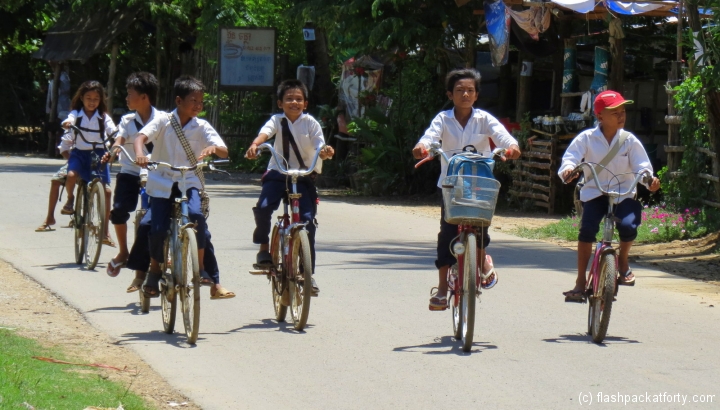

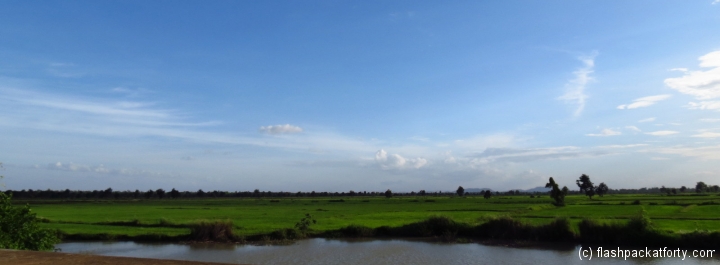
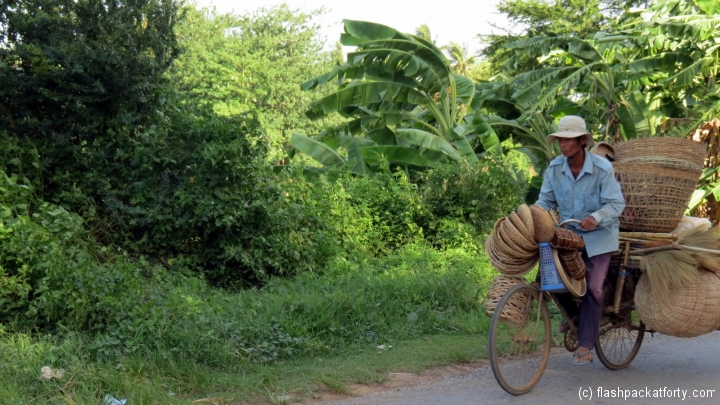
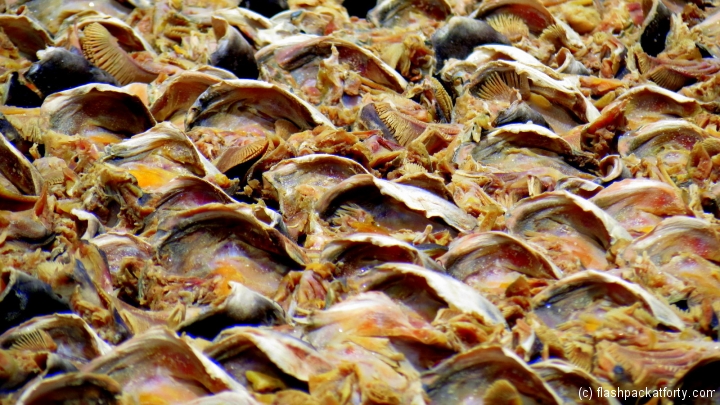
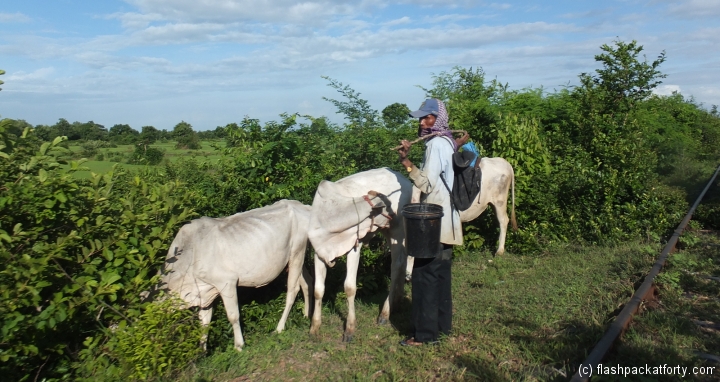
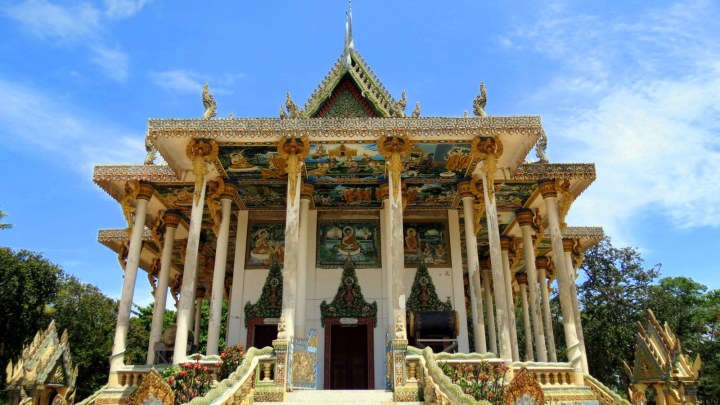
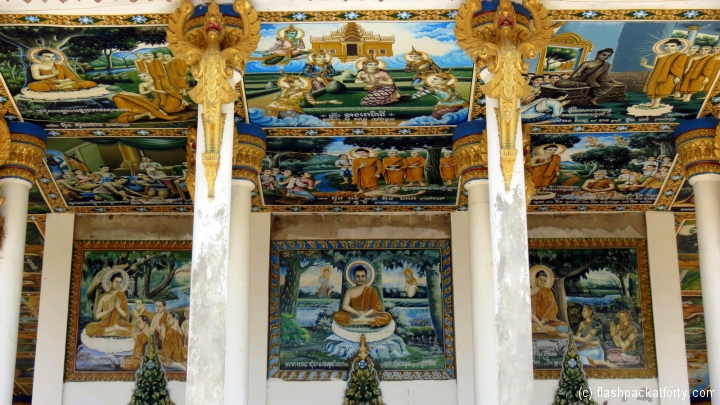
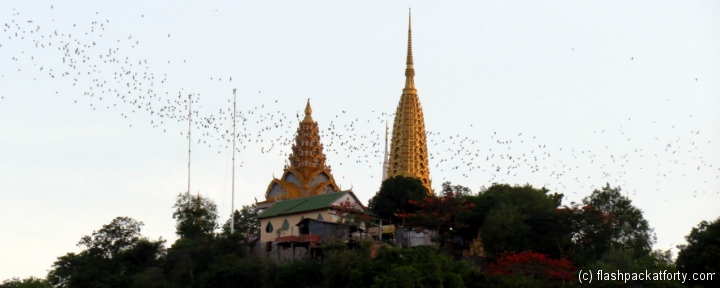
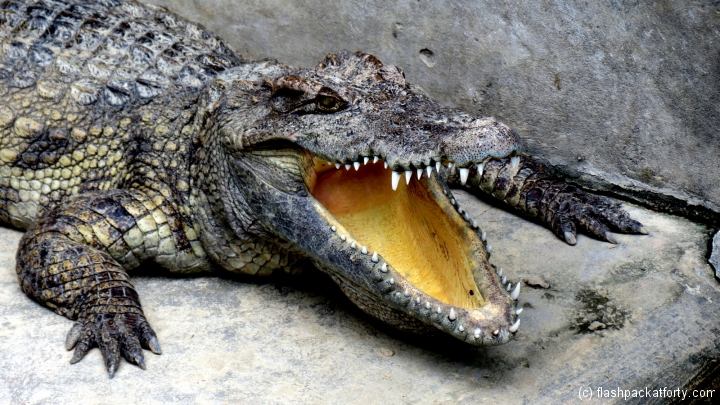
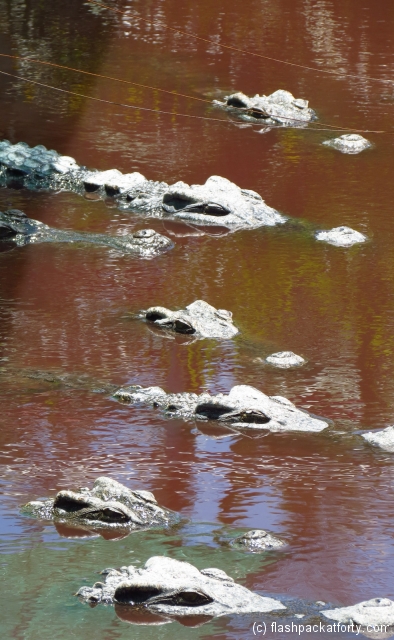
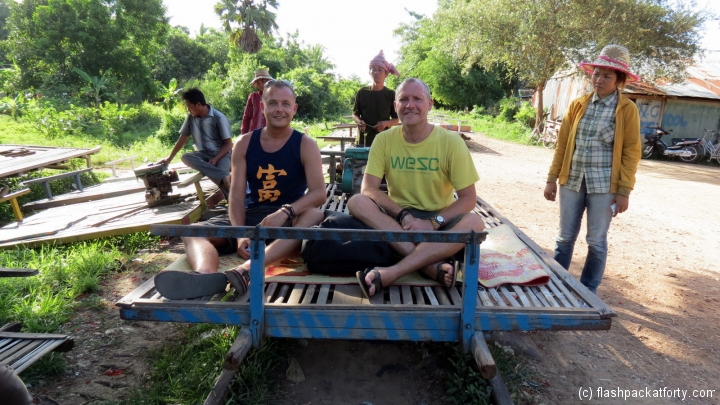
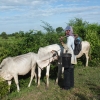
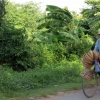

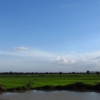
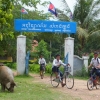
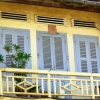
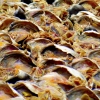
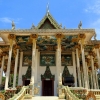
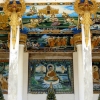



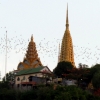
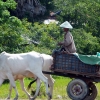




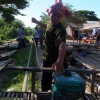
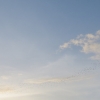
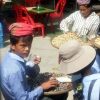

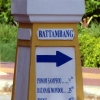

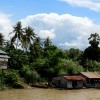
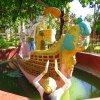
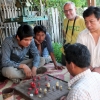

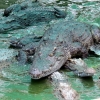
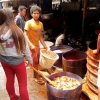
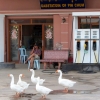
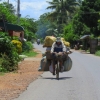

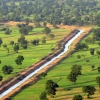
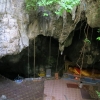
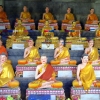
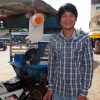
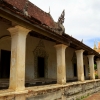
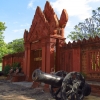
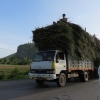
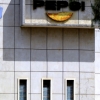
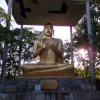
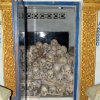
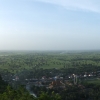
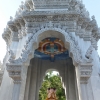

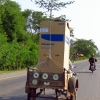
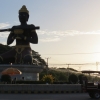
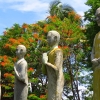
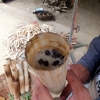
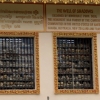
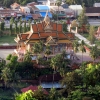
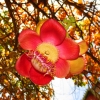


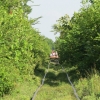









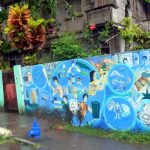
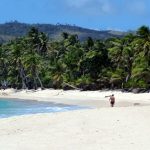
Amazing.
Hey guys,
I have recently stumbled across your blog and have to say I am really enjoying it!
I have already done some long-term travelling around SEA, but am looking at doing some more (and going further afield) next year. So your blog is re-igniting the spark I had when I read about SEA, but is also motivating when reading about your adventures into other areas where I haven’t been (eg Japan). I’m looking forward to reading the bits about NZ, too, which is where I live!
Keep it up – and enjoy your travels!
Thanks Lisa, glad you are enjoying reading. We have already visited New Zealand. You can read our blogs from there on the destinations link on the home page.
I love the shots of the countryside. It looks like such a peaceful place. And that one photo with the flock of birds flying over the temple is pretty amazing!
Thanks Audrey, Battambang is one of those special travel places that you can’t quite understand why.
I want to say that I can really recommend the Tara Angkor Hotel, because I have been in Siem Reap a lot of times. The Tara Angkor hotel is a beautiful hotel and is ideally and conveniently located, Tara Angkor Hotel is situated only 6 km from the Angkor Wat Temples, 15 min drive from the Siem Reap International Airport, a few minutes stroll to the Angkor National Museum and a short ride to the city town center with an array of Cambodian souvenirs, shopping and culture. They have a few promotions that you can make use of if you haven’t booked already: Last minute bookings, summer sales, early bird promotion or Angkor temptations. Of course there are a lot more, but have a look at their website. It is not that far to the Angkor temples that I would advise you to see for sure. I would say, grab yourself a 3 day pass and find yourself a decent tuk tuk driver to take you to the farther ruins and for a drive in some of the outlying villages. If you’re up for it consider renting a bike and checking out Angkor Wat on your own. There’s a lot to see and do so a lot depends on your time and budget. A few temples I would strongly suggest you check out besides Angkor Wat itself are Bayon Temple, Angkor Thom and of course Ta Prohm just to see the amazing tree. The Banteay Srei temple is farther out of Siem Reap but has a very different feel than a lot of the others. If you want to do something else as well, you can visit the day and night market. I can really recommend these attractions. If you need to know more, let me know.